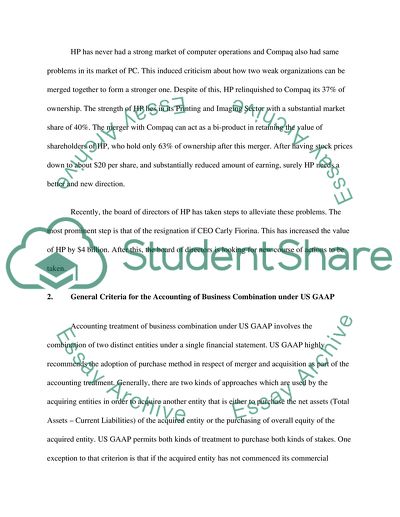Cite this document
(Multinational Acquisition: HP & Compaq Research Paper, n.d.)
Multinational Acquisition: HP & Compaq Research Paper. Retrieved from https://studentshare.org/finance-accounting/1765903-multinational-acquisition-acc-401-advanced-accounting
Multinational Acquisition: HP & Compaq Research Paper. Retrieved from https://studentshare.org/finance-accounting/1765903-multinational-acquisition-acc-401-advanced-accounting
(Multinational Acquisition: HP & Compaq Research Paper)
Multinational Acquisition: HP & Compaq Research Paper. https://studentshare.org/finance-accounting/1765903-multinational-acquisition-acc-401-advanced-accounting.
Multinational Acquisition: HP & Compaq Research Paper. https://studentshare.org/finance-accounting/1765903-multinational-acquisition-acc-401-advanced-accounting.
“Multinational Acquisition: HP & Compaq Research Paper”, n.d. https://studentshare.org/finance-accounting/1765903-multinational-acquisition-acc-401-advanced-accounting.


